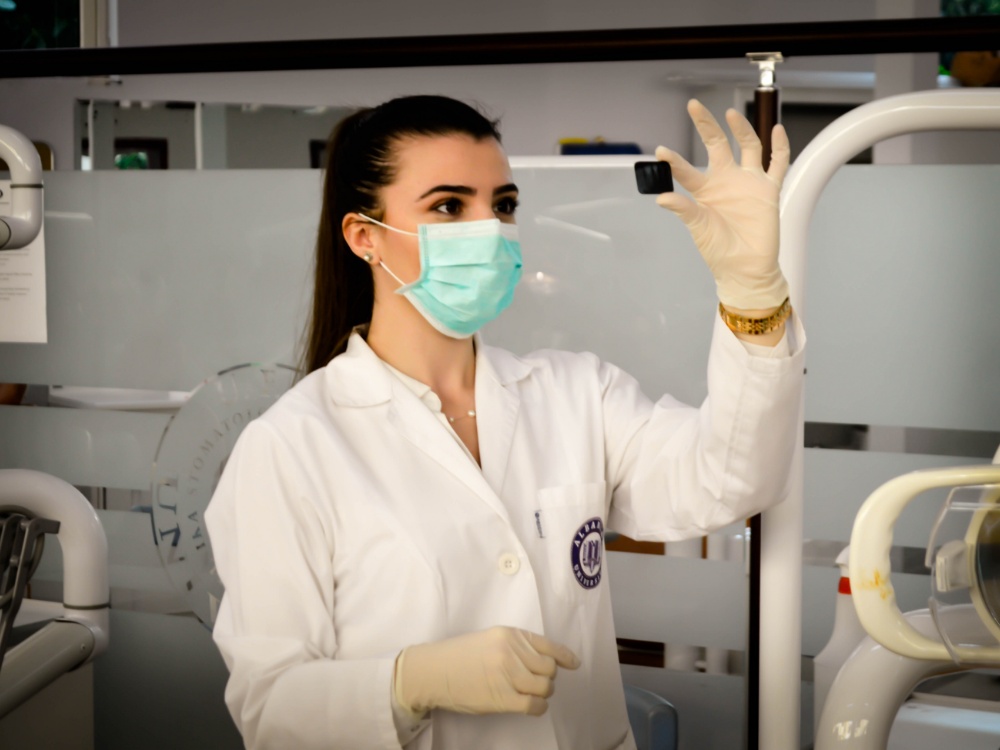The World Health Organization (WHO) has released a brand-new Global Oral Health Status Report that provides the first-ever comprehensive picture of the prevalence of oral diseases with data profiles for 194 nations. This report provides unique insights into key areas and markers of oral health that are relevant to decision-makers.
According to the findings of the report, oral diseases affect nearly half of the world’s population, or 3.5 billion people. Three out of every four people who are affected live in low- and middle-income countries. Over the past 30 years, there have been 1 billion more cases of oral diseases worldwide, indicating that many people lack access to oral disease prevention and treatment.
Dr. Tedros Adhanom Ghebreyesus, WHO Director-General, stated, “Oral health has long been neglected in global health, but many oral diseases can be prevented and treated with the cost-effective measures outlined in this report.” The World Health Organization (WHO) has made it a priority to provide countries with direction and assistance in order to ensure that all people, regardless of where they live or how much money they make, have access to preventative and curative dental services whenever they are in need of them.
Dental caries, also known as tooth decay, severe gum disease, tooth loss, and oral cancers are the most common oral diseases. Caries in the teeth that doesn’t get treated is the most common disease in the world, affecting an estimated 2.5 billion people. It is estimated that one billion people worldwide suffer from severe gum disease, which is a major contributor to total tooth loss. Every year, approximately 380 000 new cases of oral cancer are discovered.
The most disadvantaged and vulnerable populations bear a significant burden of oral diseases and conditions, and the report highlights the glaring disparities in access to oral health services. Oral diseases affect more low-income people, people with disabilities, older people who live alone or in care homes, people from minority groups, and people who live in rural or remote areas.
Other noncommunicable diseases like cancer, cardiovascular disease, diabetes, and mental disorders share this pattern of inequality. The global oral health crisis is exacerbated by risk factors that are common to noncommunicable diseases, such as excessive sugar consumption, all forms of tobacco use, and harmful alcohol use.
Obstructions to conveying oral wellbeing administrations
Just a little level of the worldwide populace is covered by fundamental oral wellbeing administrations, and those with the best need frequently have minimal admittance to administrations. The main obstacles that prevent everyone from having access to oral health services are:
The cost of oral health care is high out of pocket. This frequently results in devastating expenses and a significant financial burden for communities and families.
Oral health services are not well integrated with primary health care models because they are mostly provided by highly specialized providers who use expensive high-tech equipment and materials.
The development of more efficient oral health policies and interventions is severely hampered by a lack of information and surveillance systems, a lack of priority for public oral health research, and a lack of funding.
Opportunities for global oral health improvement The report highlights numerous promising opportunities for global oral health improvement, including:
adopting a public health approach by addressing common risk factors through the promotion of a well-balanced, low-sugar diet, the cessation of all forms of tobacco use, the reduction of alcohol consumption, and the expansion of access to fluoride toothpaste that is both effective and affordable.
improving the integration of oral health services into primary care as part of universal health coverage and planning oral health services as part of national health.
expanding the competencies of non-dental healthcare workers to expand oral health service coverage and redefining oral health workforce models to meet the needs of the population; furthermore,
fortifying data frameworks by gathering and coordinating oral wellbeing information into public wellbeing checking frameworks.
Dr. Bente Mikkelsen, WHO Director for Noncommunicable Diseases, stated, “Placing people at the center of oral health services is critical if we are to achieve the vision of universal health coverage for all individuals and communities by 2030.”
She continued, In addition to providing timely and pertinent feedback to decision-makers at the national level, this report serves as a starting point by providing baseline information to assist nations in monitoring implementation progress. We can collectively alter the current state of oral health neglect.










